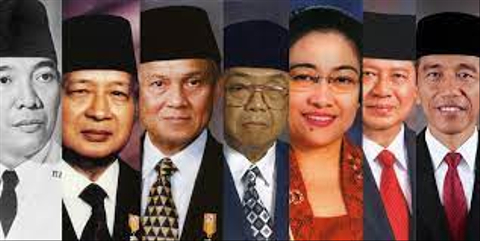The governmental system in the era of democracy generally consists of three kinds, namely the presidential system, the parliamentary system, and the semi-presidential system. The presidential system has been applied in the USA, Latin American countries, the Philippines, and South Korea. The parliamentary system has been conducted in England, India, and Australia. Meanwhile, the semi-presidential system or hybrid system has been applied in specific cases in France (Andriana, 2014).
The presidential system is characterized by some indicators, such as namely (a) powers are separated between executive and legislative, (b) the status of the president is the power a single authority, (c) the president acts as both head of state and head of government, (d) the president selects all ministers in the cabinet, (e) the parliament members cannot be in an executive position, (f) the president cannot disband the parliament, (g) constitutional supremacy is the principle, (h) executive responsibility is in the hand of the people, and (i) the authority of executive is not centralized in parliament. Those indicators are so-called “the universal principles of the presidential system” (Asshiddiqie, 2007).
With regard to Indonesia, the concept of a presidential system based on the constitution is impure in terms of characteristics. It happened in the past era, in which the president had to be responsible to the People’s Consultative Assembly as parliament body and the highest level institution in Indonesia (Noviati, 2013). Different from the presidential system, the parliamentary system is based on the diffusion of powers principle. In this kind of system, the executive and legislative bodies are able to disband each other. Indonesia implemented this system from 1949 until 1959 with two different constitutions, namely the RIS Constitution and the Constitution of 1950 (Yani, 2018).
A regime is constitutionally called a semi-presidential system when it has at least five elements, namely (a) the president is elected by popular vote through the direct or indirect election, (b) the head of state shares executive authority with the prime minister, (c) the president does not depend on parliament; however, he/she cannot govern alone without coordination with the prime minister, (d) the prime minister and the cabinet do not depend on the president, but the parliament, (e) semi-presidential double authority structure enables differences in balance and change of authority spreading in the executive body, in the condition that the potential for autonomy forms components that integrate executive could be maintained (Sartori, 1997). This concept was introduced and elaborated for the first time by Maurice Duverger in 1970 and reconstructed in 1974 and 1978 (Elgie, 1999).

Read more